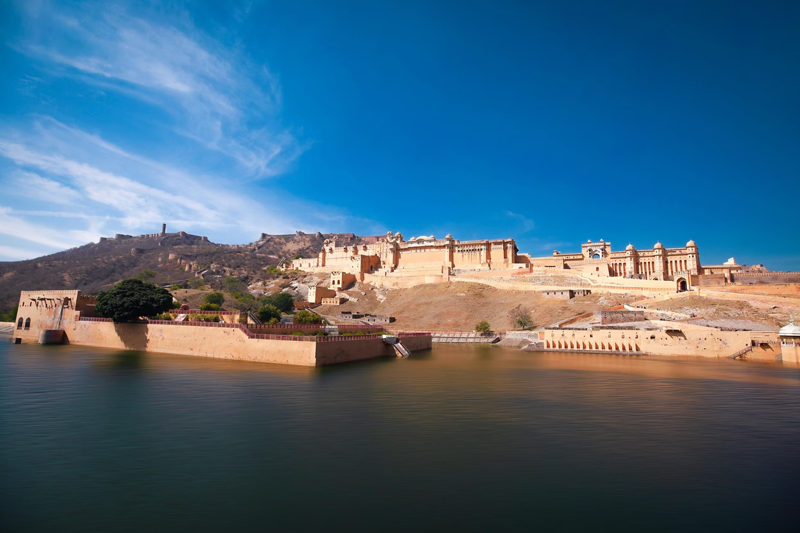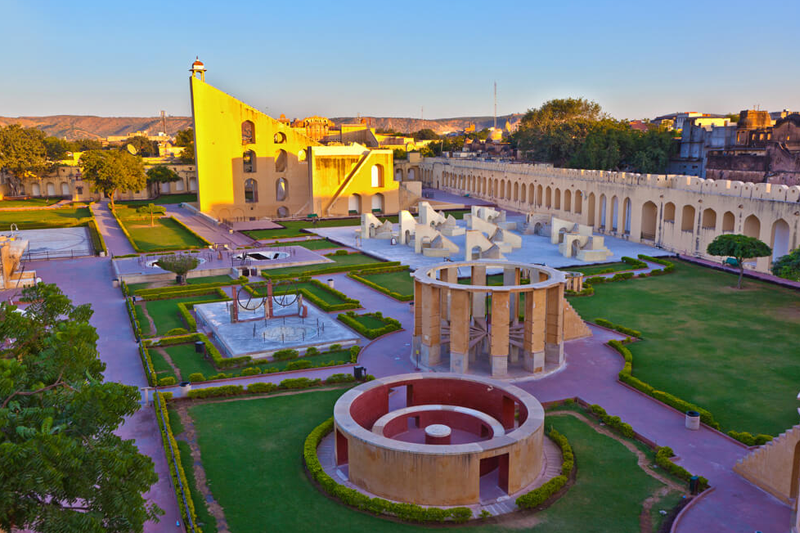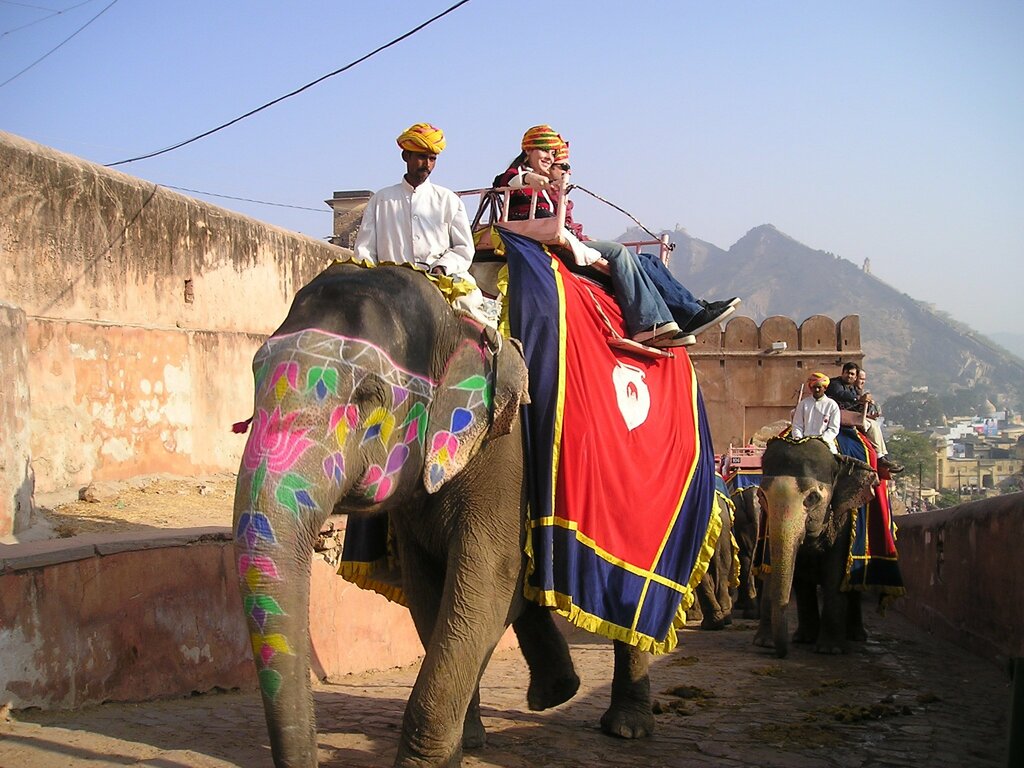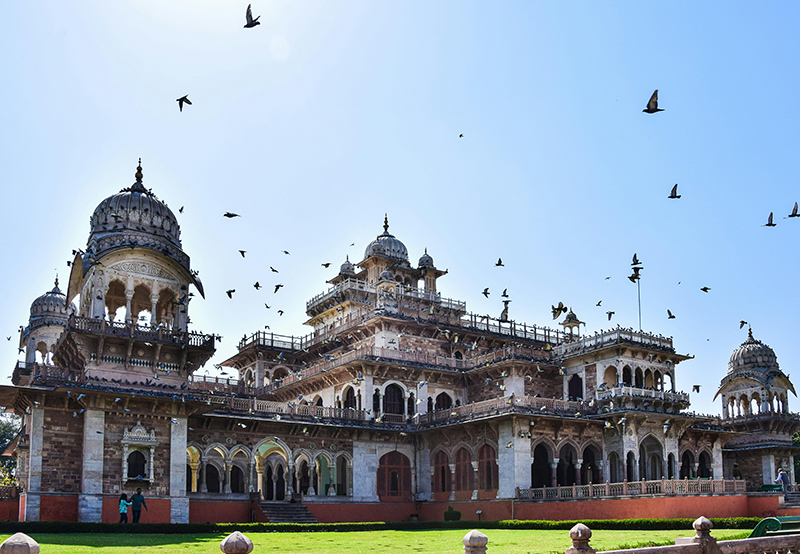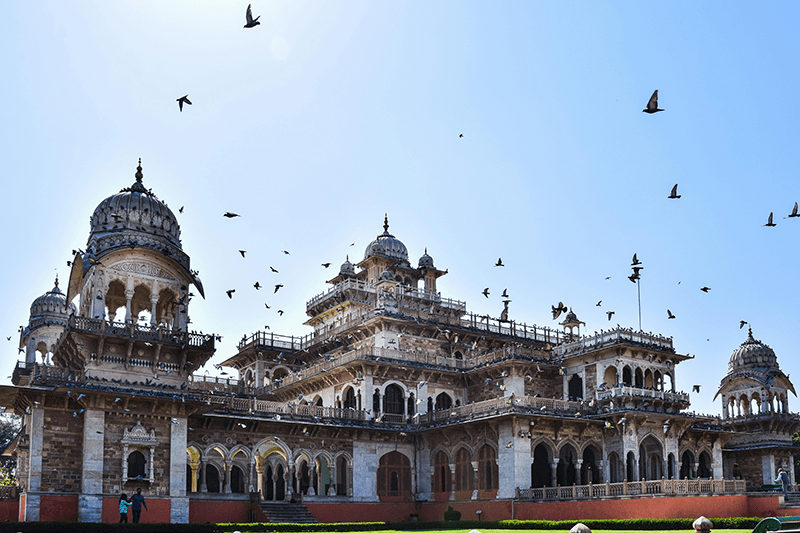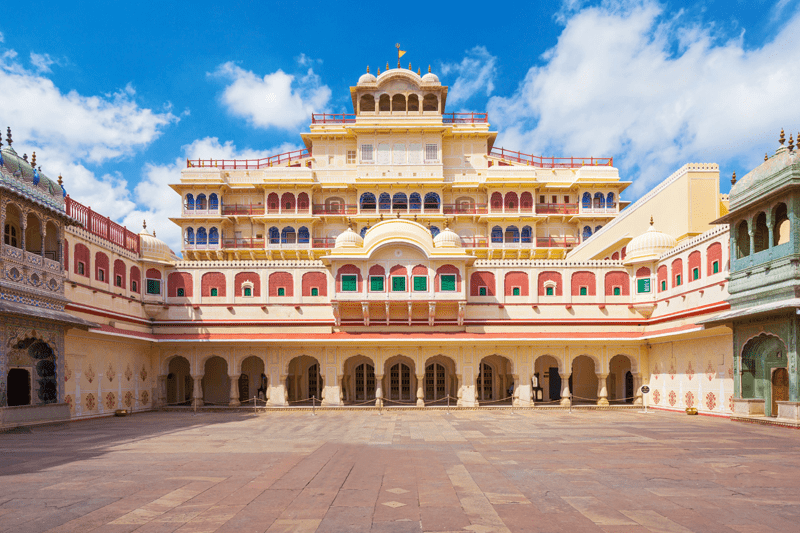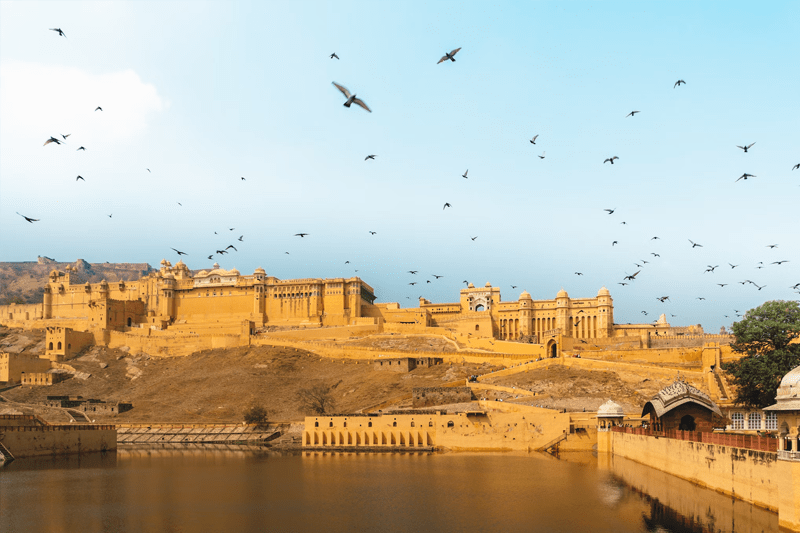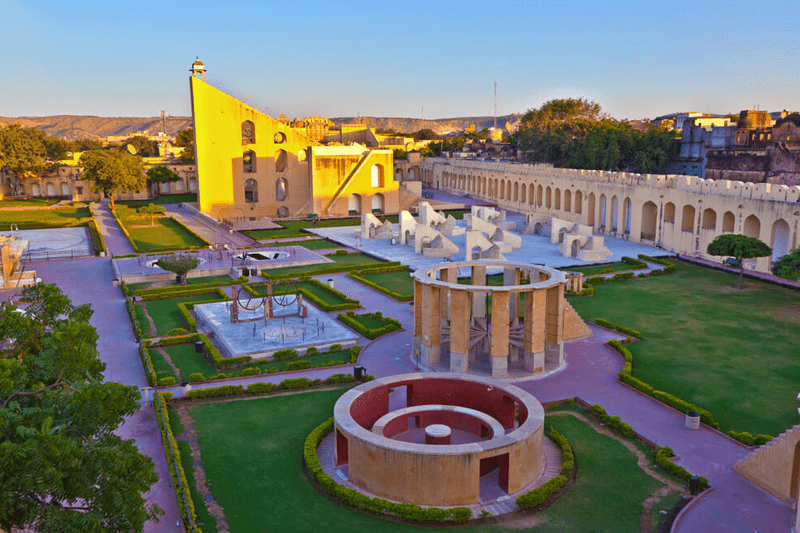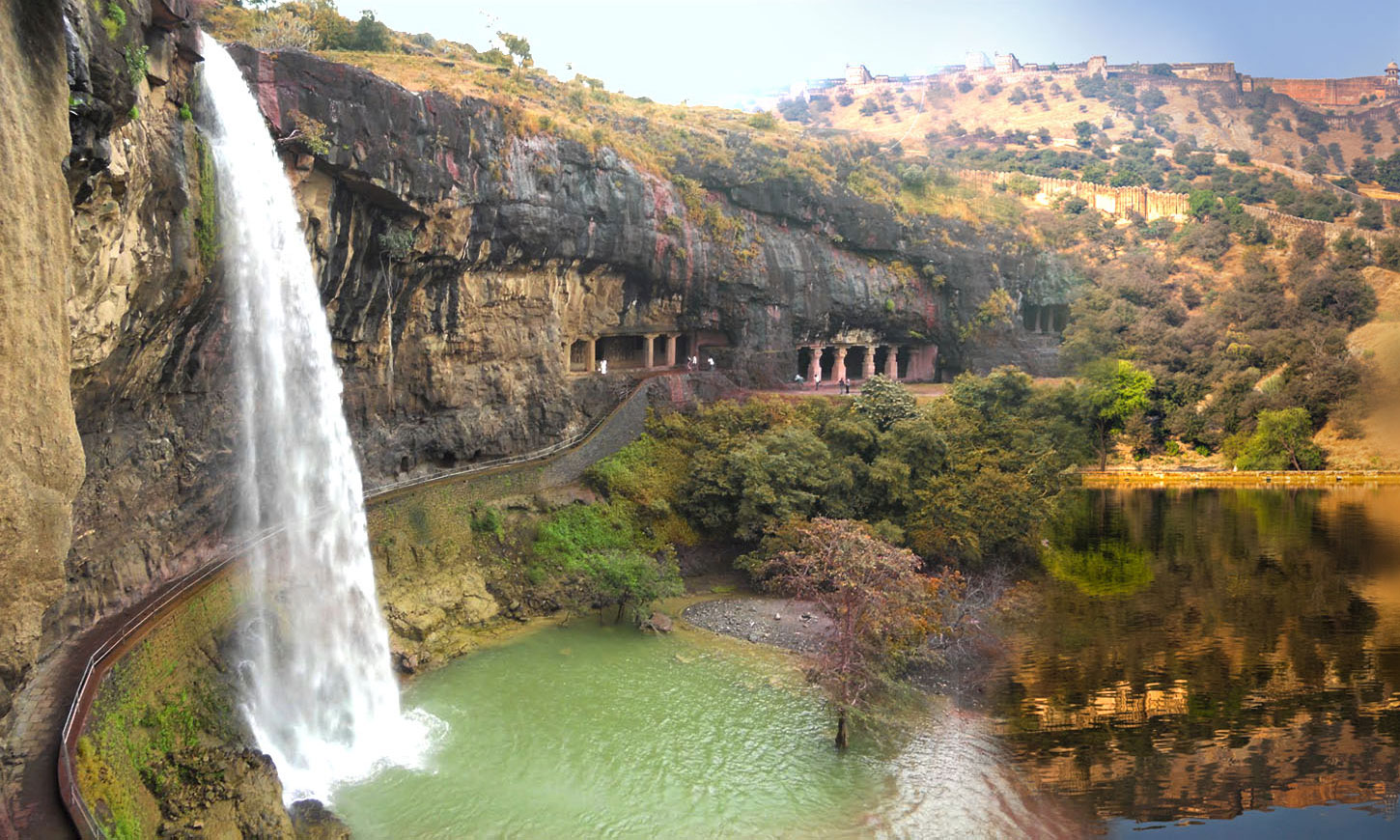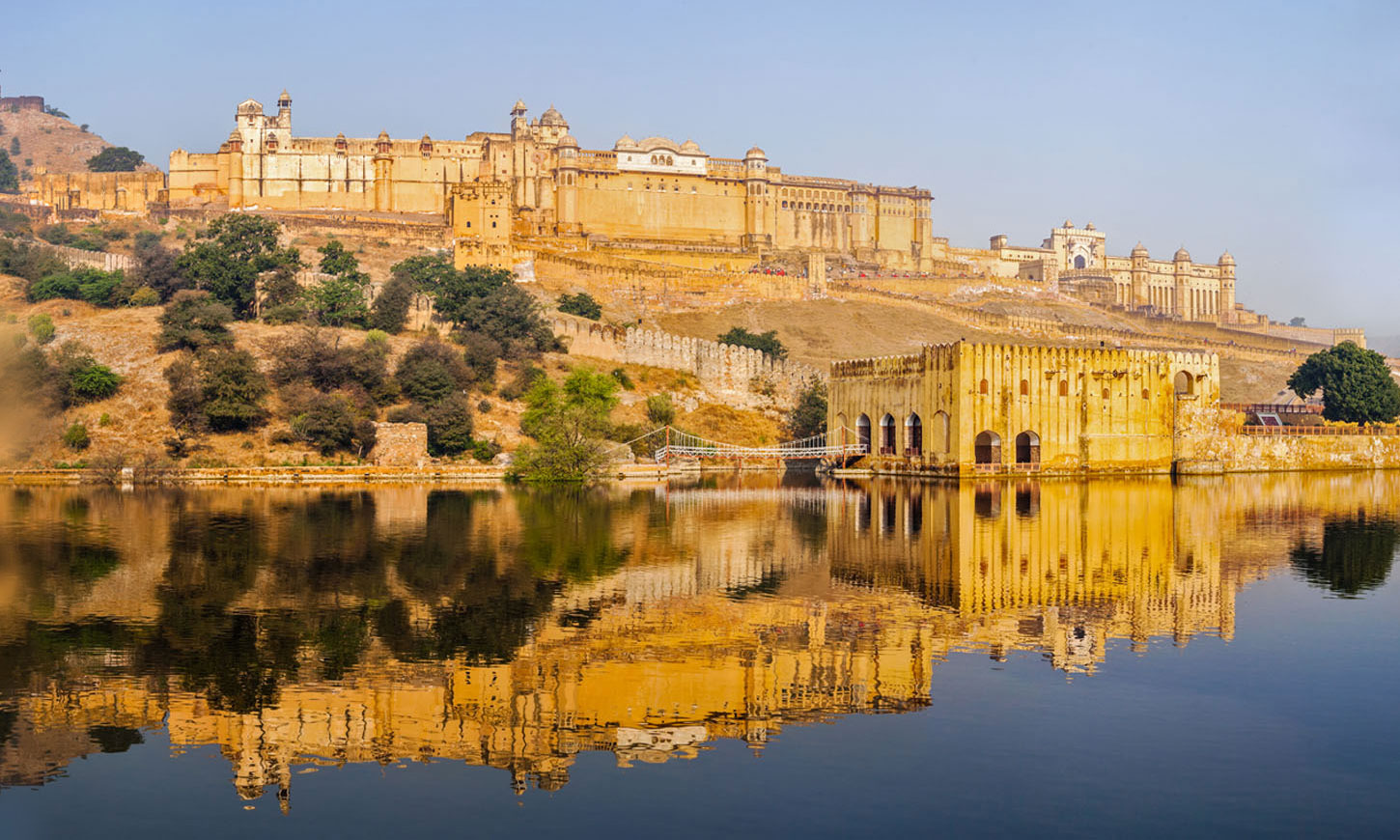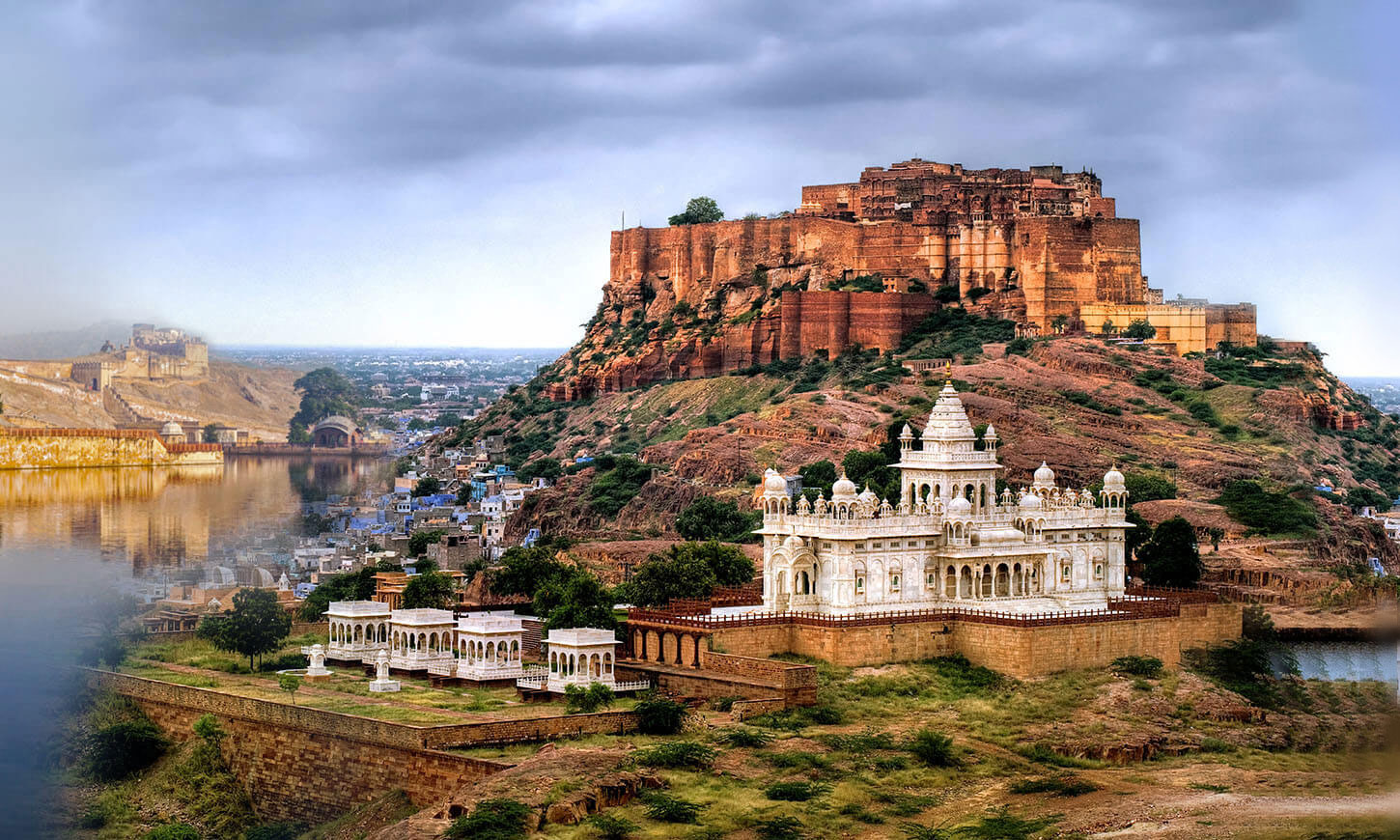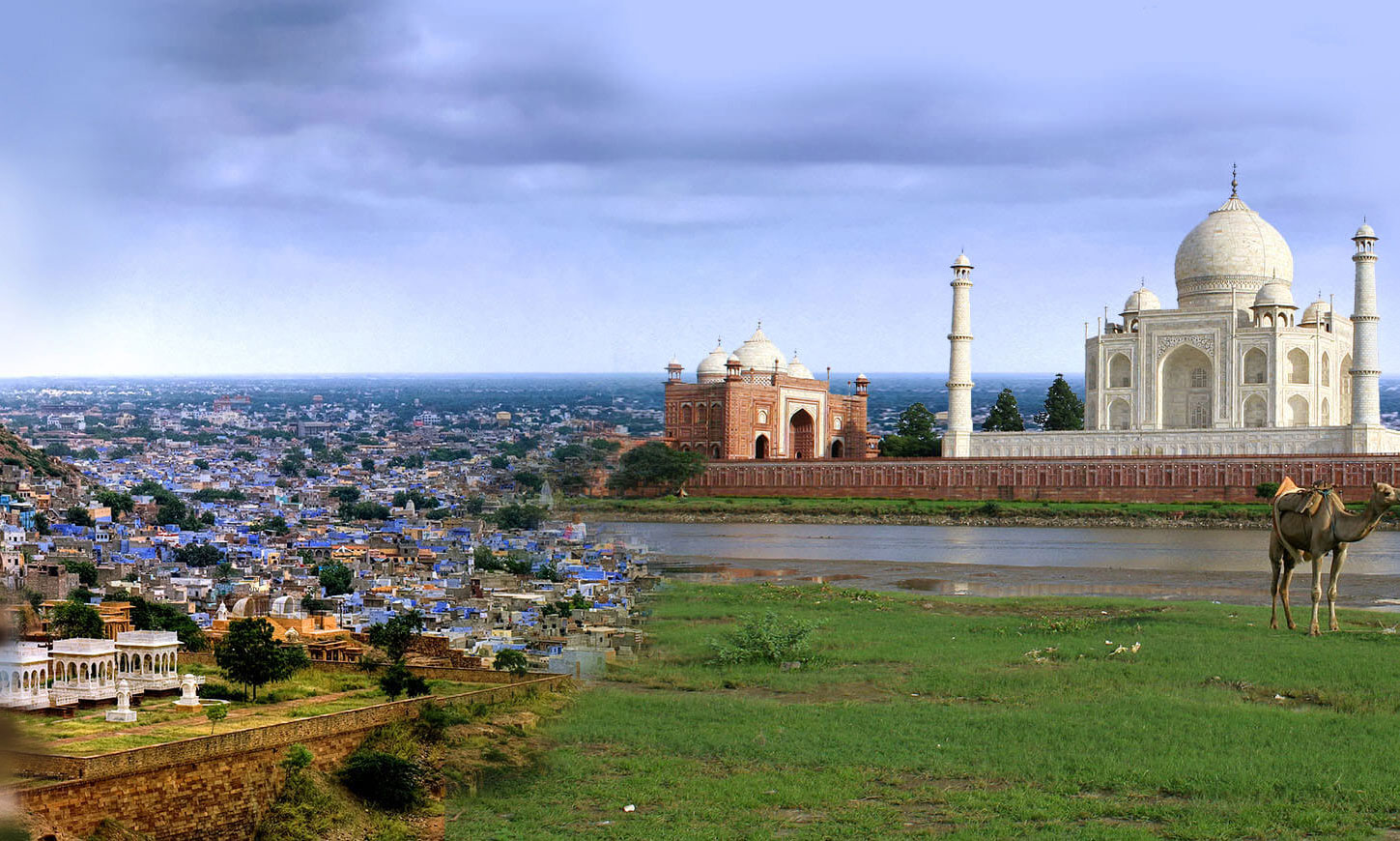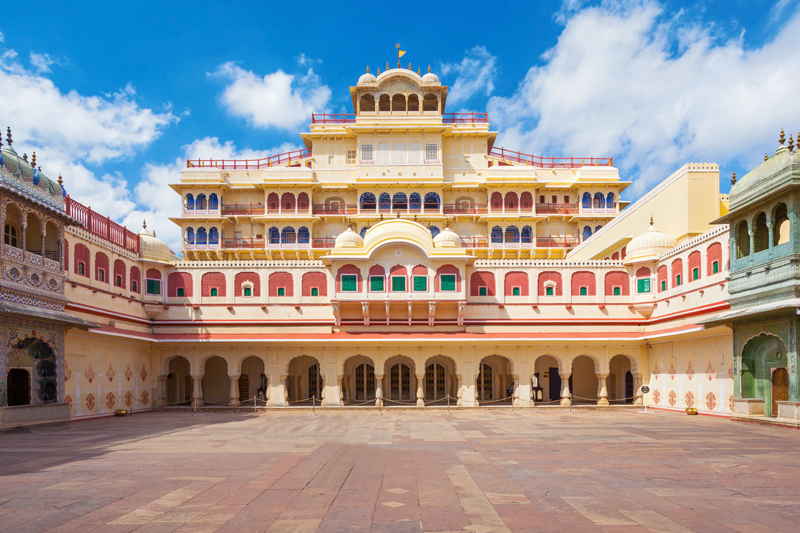
City Palace, Jaipur: A Regal Marvel in the Pink City
City Palace is located in the heart of Rajasthan and is considered the most loveable place by Maharajas. Apart from that, City Palace has plenty of gardens, courtyards, and buildings; all these structures, including the City Mahal, were made by Sawai Jai Singh II between 1729 and 1732. City Palace still protects some of the oldest architectures, like Chandra Mahal and Mubarak Mahal, which also makes Jaipur a must-visit place.
Importance of City Palace:
City Palace was built by Sawai Jai Singh II, who shifted his capital from Ajmer to Jaipur back in 1727. At that time, the City Palace was an important source of water and the growth in population. Apart from that, Jai Singh II and Vidyadhar Bhattacharya constructed the outer wall of the City Palace and made it more amazing.
Architecture History:
City Palace showcases the architectural style of Rajputs, Mughals, and Europeans while following all the Vastu principles. Apart from that, the carefully created gates, including "Jaleb Chowk," "Tripolia Gate," and "Udai Pol," also make the City Palace entrance more beautiful.
Chandra Mahal:
Chandra Mahal is now transformed into a museum, which is home to plenty of artifacts, uniforms, and many amazing collection pieces. Visitors come here to immerse themselves in the walls of this fantastic museum. The luxury train tour Jaipur makes your journey more memorable.
Architectural Layout:
The layout of the city palace of the city palace gives the feel of Mughal architecture, and from the walls to the gates, the palace is decorated with murals, motifs, and mirrors. Mr. Vidyadhar Bhattacharya was the designer of the City Palace grid layout at that time, and he made this palace in a way that will be remembered for centuries.The City Palace in Jaipur is not an ordinary attraction, but it is attached to the history and cultural heritage of Jaipur. It would be best if you took a Jaipur destination guide to enjoy Jaipur at its best.


